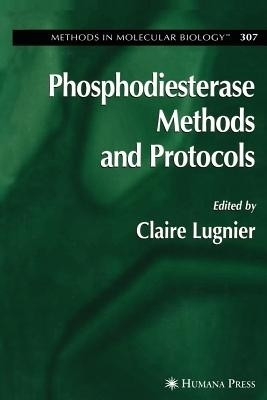Phosphodiesterase Methods and Protocols(English, Paperback, unknown)
Quick Overview
Product Price Comparison
Adenosine 3 ,5 -cyclic monophosphate (cAMP) and guanosine 3 ,5 -cyclic monophosphate are ubiquitous nucleotides that have been described as the first and second messengers. In concert with intracellular calcium and IP3, they play a major role in the control of intracellular signaling, which orchestrates normal and pathophysiological responses. Downstream from the cyclic nucleotide synthesis by adenylyl and guanylyl cyclases, the multigenic family of cyclic nucleotide phosphodiesterases (PDEs), by specifically hydrolyzing cyclic nucleotides, controls cAMP and cGMP levels to maintain a basal state. Their critical role in intracellular sign- ing has recently designated them as new therapeutical targets. Several leading pharmaceutical companies are searching and developing new therapeutic agents that would potently and selectively inhibit PDE isozymes, notably PDE4 and PDE5. Nevertheless, the precise mechanism and the contribution of the various PDE isozymes in modulating intracellular signaling remain to be established.The aim of Phosphodiesterase Methods and Protocols is to provide a palette of a variety of conceptual and technical approaches designed to solve qu- tions concerning the role of PDEs, and ultimately of their different variants, in physiological functions as well as their implications in several pathologies.


